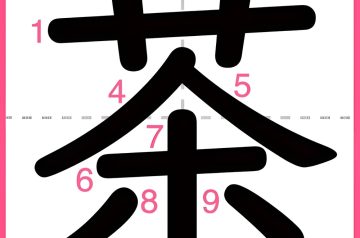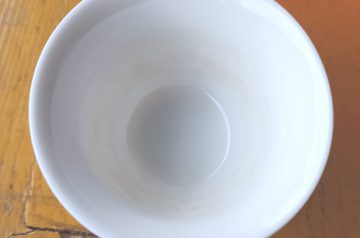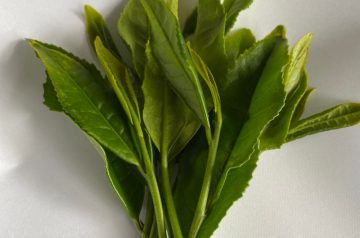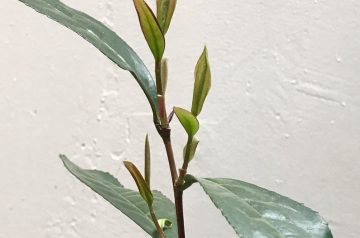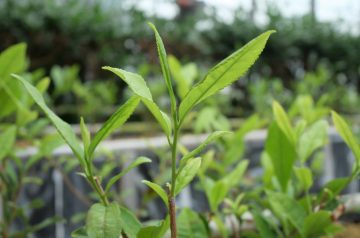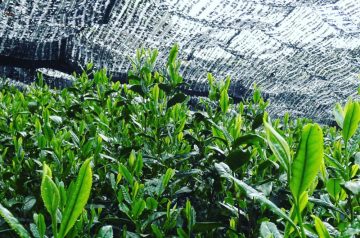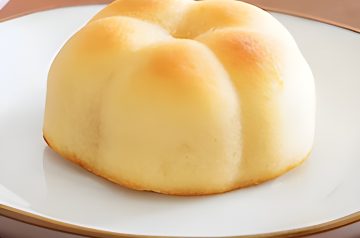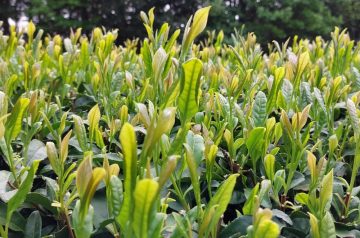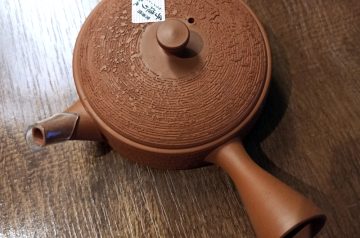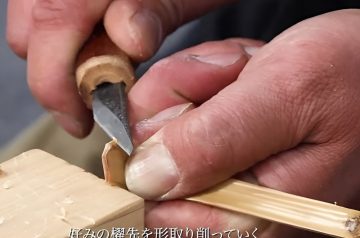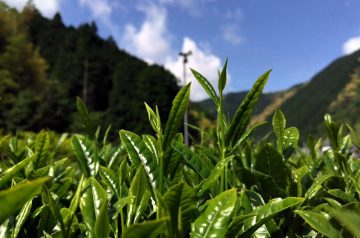Tea has a long history in Japan. It has become part of the Japanese culture. One can tell this by the many words and expressions that have the Chinese...
Removing Tea Stains from Teacups
Two of my porcelain teacups have brown stains. These stains won’t come off with soap, no matter how hard I scrub them. At first the stains were barely noticeable,...
The Toyoka Tea Cultivar
Toyoka (とよか、豊香) is a cultivar named after Toyooka (豊岡) city in Hyogo prefecture. Its name means “rich aroma”. History of Toyoka In 1948 at the agricultural experimental site in...
I Asked ChatGPT about Tea
We’re in the age of AI. I’m sure that you’ve used it by now in one way or another. I do use ChatGPT fairly often, to the point of...
The Mieuejima Tea Cultivar
Mieuejima (みえうえじま, 三重上嶋) is named after Mie prefecture, and the last name of its tea breeder. This cultivar has a good resistance towards pests and diseases. History of Mieuejima...
The Houshun Tea Cultivar
Houshun (鳳春), meaning “spring phoenix”, is a cultivar meant for gyokuro production. This early budding cultivar comes from the Uji region. History of Houshun At the Kyoto tea industry...
The Tenmyou Tea Cultivar
Tenmyou (展茗) is a cultivar meant for tencha production. It’s mainly cultivated in the Uji region. History of Tenmyou In 1975 at the Kyoto tea industry experimental site, seeds...
Momoyama
Momoyama (桃山) is a baked wagashi (traditional Japanese sweet) that’s similar to manjū. The difference is that momoyama uses white bean paste (shiroan), not only as a filling but...
The Surugawase Tea Cultivar
Surugawase (するがわせ), is an unregistered cultivar named after Suruga province (駿河の国, suruga no kuni), which is today the central part of Shizuoka prefecture. The “wase” part of the name...
The Decline of the Kyūsu
Do you own a kyūsu teapot? I have many, and I like them very much. But the number of households in Japan that have one is falling every year....
How a Chashaku is Made
I’ve often wondered how the chashaku (the tea scoop for matcha) is made. I didn’t have the opportunity to see the process in real life when I was living...
The Yumesuruga Tea Cultivar
Yumesuruga (ゆめするが) is a late budding cultivar that offers a high yield at harvest. It’s named after Suruga province (駿河の国, suruga no kuni), which was an old province that...

